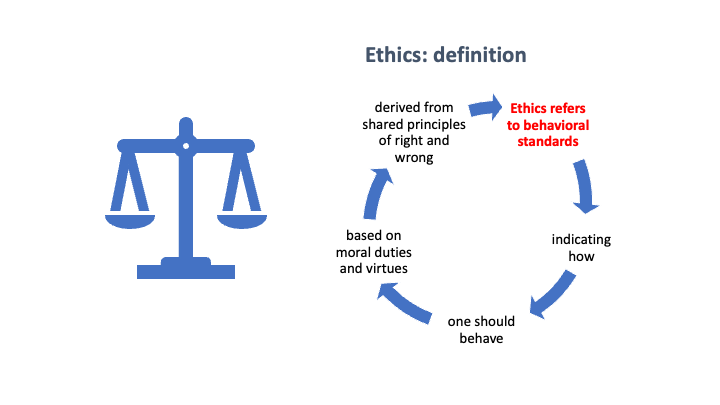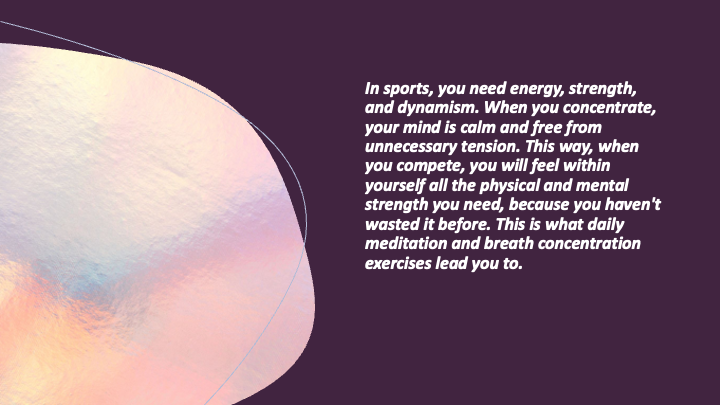It is no secret that rates of anxiety and depression among school-aged children and teens in the United States are at an all-time high. Recognizing this, the American Academy of Pediatrics, American Academy of Child and Adolescent Psychiatry, and Children’s Hospital Association issued, in 2021, a joint statement to the Biden administration that child and adolescent mental health be declared a “national emergency.”
Although most current discussions of the decline in youth mental health emphasize that which has occurred over the past ten to fifteen years, research indicates that the decline has been continuous over at least the last five or six decades.
Thesis by summarizing evidence for, respectively, (a) a large decline over decades in children’s opportunities for independent activity; (b) a large decline over the same decades in young people’s mental health; (c) effects of independent activity on children’s immediate happiness; and (d) effects of independent activity in building long-term psychological resilience.
Children in the 1970s or earlier know from experience that children then had far more freedom to roam, play, and engage in various activities independently of adults than do children today. Beginning in the 1960s and accelerating in the 1980s, the implicit understanding shifted from that of children as competent, responsible, and resilient to the opposite, as advice focused increasingly on children’s needs for supervision and protection. What has declined specifically is children’s freedom to engage in activities that involve some degree of risk and personal responsibility away from adults.
Chudacoff (2007) describes the first half of the 20th century as “the golden age of unstructured play” and shows how children’s free play, especially outdoors, declined from about 1960 on.6 Mintz (2006) supports the premises that “contemporary children are more regimented and constrained than ever before” and have “fewer socially valued ways to contribute to their family’s well-being or to participate in community life.”
It’s increased time children must spend in school and on schoolwork at home. Between 1950 and 2010, the average length of the school year in the US increased by five weeks.14 Homework, which was once rare or nonexistent in elementary school, is now common even in kindergarten. One study revealed that the average amount of time that US school children, ages 6-8, spent at school plus school homework increased by 11.4 hours per week between 1981 and 2003, equivalent to adding a day and half to an adult’s work week.
One survey, the Youth Risk Behavior Surveillance System (YRBS), conducted annually by the Centers for Disease Control and Prevention (CDC), revealed that by 2019, 36.7% of high school students ages 14-18 reported persistent feelings of sadness or hopelessness over the past year.
Major category of independent activity, especially for young children, is play evidence that children’s play-like activity appears to be most satisfying and to fit most closely with children’s own concept of play when it occurs away from adult oversight and intervention. Children understood play to be an activity “that took place with other children with little or no involvement from adults.”
Observational studies in natural settings have likewise documented an inhibiting effect of the presence of adults on children’s play Beyond promoting immediate mental wellbeing, children’s independent activity may also help build mental capacities and attitudes that foster future wellbeing. One way of thinking about this involves the concept of internal versus external locus of control (LOC). Internal LOC refers to a person’s tendency to believe they have control over their life and can solve problems as they arise, in contrast to external LOC, which is a tendency to believe their experiences are ruled by circumstances beyond their control. Many research studies, mostly cross-sectional but some longitudinal, have shown that a low internal LOC, assessed by a standard questionnaire, is highly predictive of anxiety and/or depression in both children and adults.
In addition to documenting dramatically increased anxiety and depression among young people over the last four decades of the 20th century, Twenge and her colleagues also documented a dramatic decline in internal LOC among them over that same period.45 Logically, it seems likely that a decline in internal LOC was a mediating cause of the decline in mental wellbeing. The increase in school time and pressure over decades may have impacted mental health not just by detracting from time and opportunity for independent activities but also because fear of academic failure, or fear of insufficient achievement, is a direct source of distress.
(Source: Gray P, Lancy DF, Bjorklund DF. Decline in Independent Activity as a Cause of Decline in Children’s Mental Well-being: Summary of the Evidence. J Pediatr. 2023 Sep; 260:113352)







